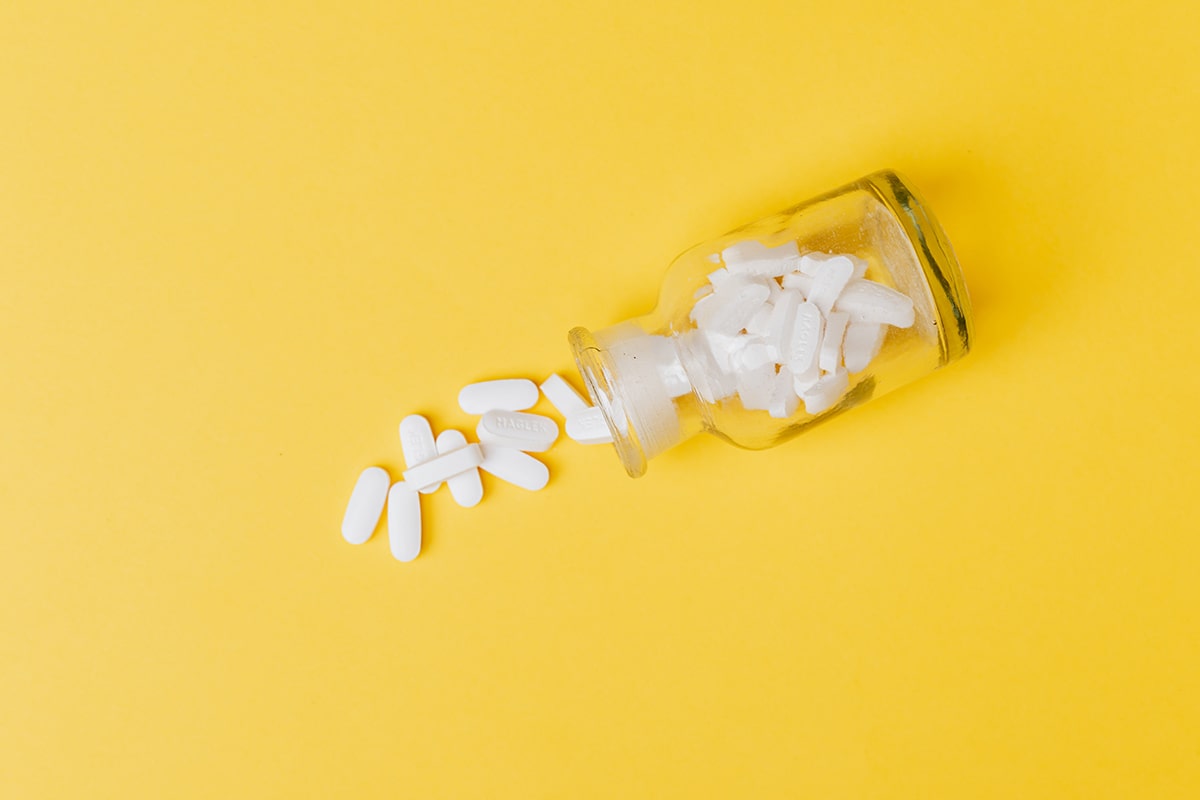Low Libido or FSIAD?

For many women, aging and menopause coincides with a steady decrease in their desire for sex. In fact, about 52% of postmenopausal women report low sexual desire, which is double that of premenopausal women.
The Study of Women Across the Nation revealed that this decline in sexual function becomes apparent 20 months before women have their final menstrual period and continues for the next one to five years. For women who have had a hysterectomy, the decline in sexual function occurs immediately after the procedure and persists for the following five years.
What is FSIAD?
Female Sexual Interest/Arousal Disorder (FSIAD) is a broad diagnostic label that replaces the older diagnoses of Hypoactive Sexual Desire Disorder (HSDD) and Female Arousal Disorder. Because desire (sexual thoughts and motivation) and arousal (the physical readiness of the body for sex) are so intertwined, researchers and clinicians found it inaccurate to try to separate them into separate diagnoses.
FSIAD is diagnosed when at least three of the following symptoms are present and causing significant issues in your life for at least six months:
- Less or no interest in sexual activity
- Fewer or no erotic thoughts or fantasies
- Generally not initiating sex and not being receptive to your partners’ attempts to initiate
- Less or no sexual excitement or pleasure during sexual activity
- Less or no sexual interest or arousal in response to any internal or external erotic cue
- Fewer or no genital or nongenital sensations during sexual activity
Personal distress is an essential component of an FSIAD diagnosis. If you’re not bothered by changes in your desire or arousal, there is no need to seek treatment.
Because FSIAD is a new diagnosis, there are not yet statistics published about its prevalence. However, older studies about HSDD found that 7.3-23% of women were distressed by their low sexual desire.
Libido is Complex and Multifactorial
There are no straightforward tests to diagnose FSIAD. Sexual desire is complex, and the diagnosis is made off of subjective symptoms (based only on your experience).
Younger women after surgical menopause that results from removal of the ovaries (oophorectomy) are at highest risk of developing low sexual desire. Because of lower estrogen production, natural menopause also increases the likelihood of developing low desire.
Biological and psychological factors can both contribute to FSIAD, and menopause is not the only reason why someone might be experiencing low desire. For example, studies have found that women’s sexual desire decreases as the length of their relationship increased. More communication and conflict resolution problems in a relationship are also linked to lower desire.
These factors and more, like your mood and medication side effects, should be considered when a healthcare provider is giving an FSIAD diagnosis. Understanding the contributing factors can also help you determine the best direction for therapy.
Seeking Expert Help
Discussing issues related to sexual desire can be a challenge. Moreover, many providers are not trained in sexual wellness and may not be comfortable having these conversations and providing guidance.
However, the landscape is changing, and several health systems have established sexual health and wellness clinics staffed with experts in these areas. You can also find providers specialized in sexual wellness or menopausal care through the North American Menopause Society’s online provider directory. The directory for the American Association of Sexuality Educators, Counselors and Therapists is another great resource.
New apps are also emerging to provide self-help support and access to virtual consultations with a network of professionals. Be sure to do your research and ensure that the company is founded and staffed by trained medical professionals.
Treatment Options for FSIAD
Because sexual desire is complex, treatment for FSIAD is not a straightforward formula. You may try talk therapy, pharmaceutical therapy, or novel approaches that use tools like vibrators to increase desire. One recent study found that cognitive behavioral therapy (CBT) in combination with vibrator use before sexual intercourse increased arousal and vaginal lubrication over 12 weeks.
Currently, there are only two FDA-approved drugs available to women for enhancing sexual desire—Vyleesi and Addyi. Both options can be beneficial for premenopausal women but are not approved for use by postmenopausal women.
There is also data to support the use of testosterone supplementation in postmenopausal women to increase desire. However, testosterone is not FDA-approved for this purpose so this treatment is provided off-label. Read more about testosterone therapy in the articles linked below.
Prioritize Your Sexual Satisfaction in Midlife
Your sexual satisfaction matters, and addressing your concerns around desire and arousal is worthwhile for your quality of life and relationship health. However, because the sexual wellness industry is largely unregulated, be cautious of sham medicine and dangerous practices that promise to restore your sex drive, such as the controversial “O Shot.”
Finding the right expert and treatment strategy can be challenging, but persistence and self-advocacy will pay off in the next steps that can help you address FSIAD.
Sign up for more unique women’s health content
By submitting this form, you agree to the Lisa Health Privacy Policy and Terms of Use


